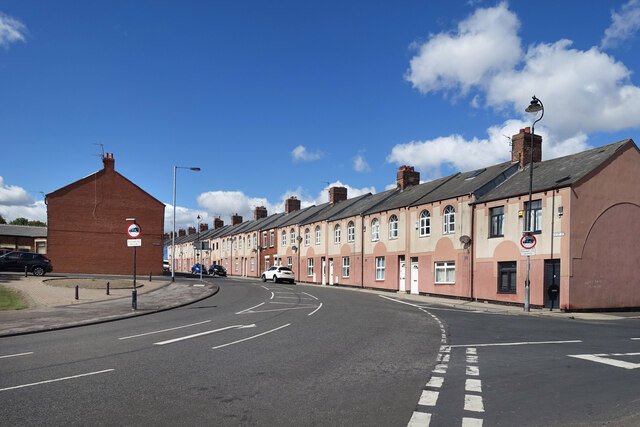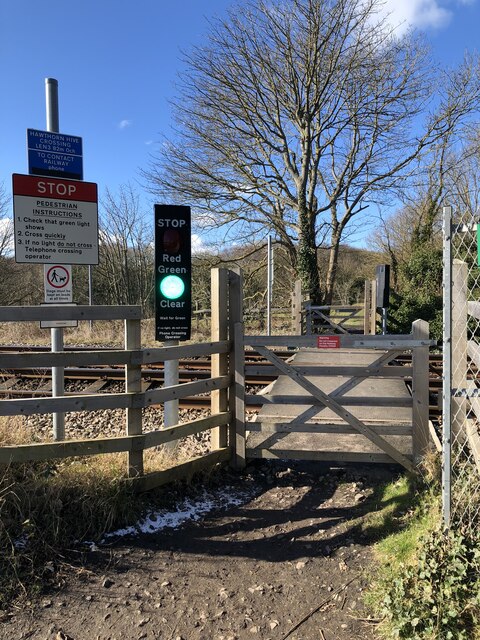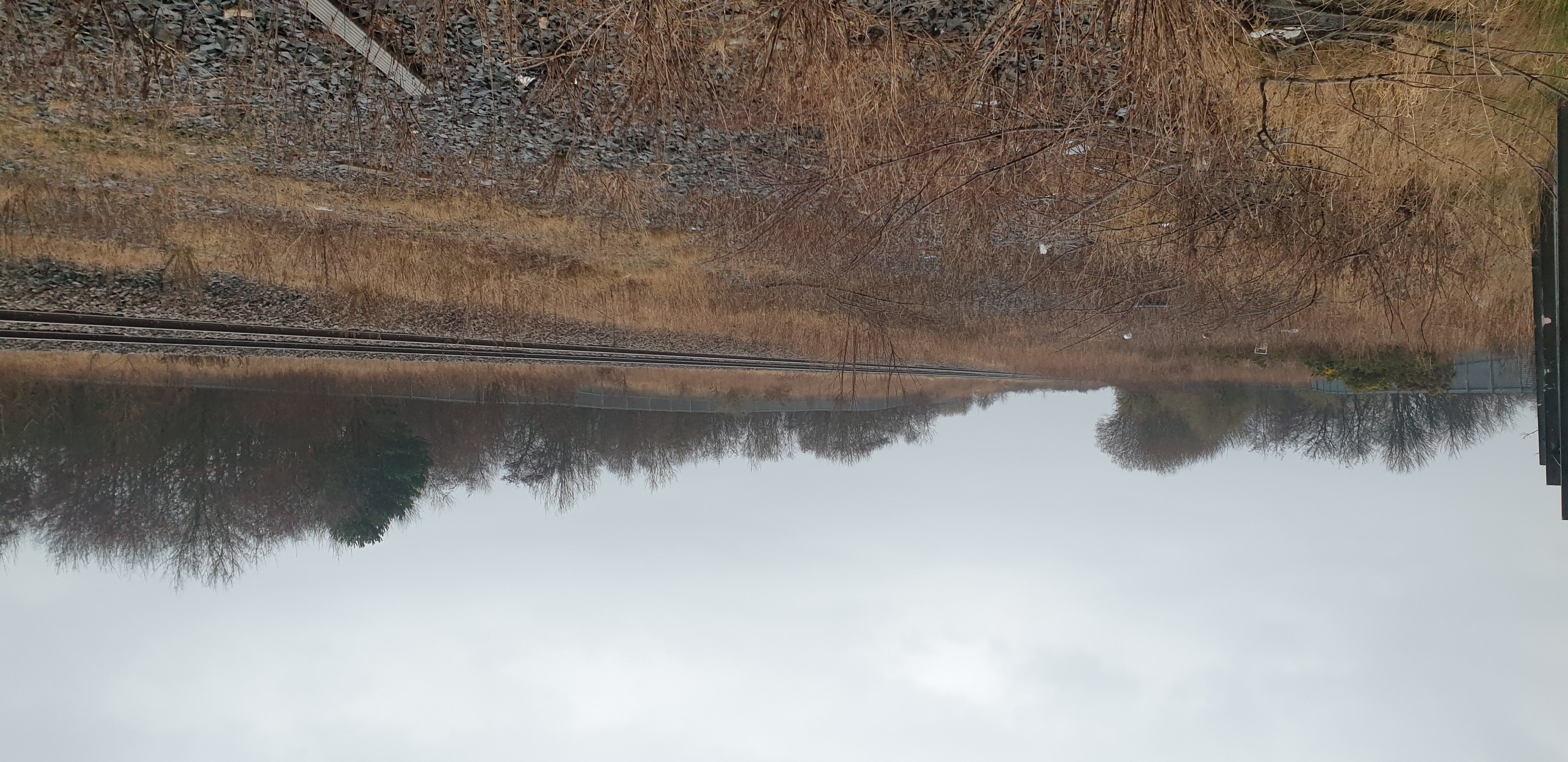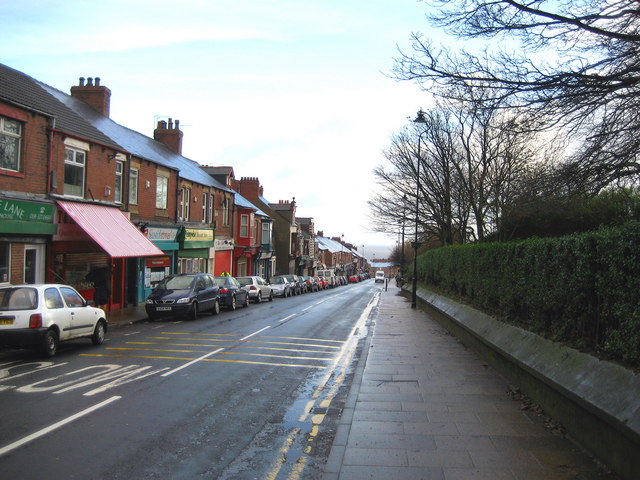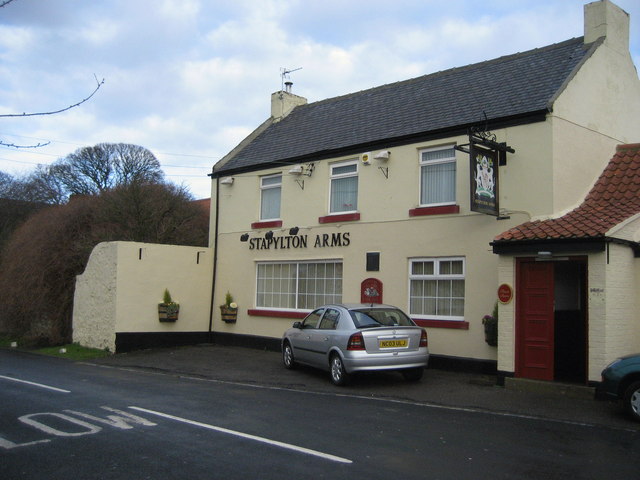Beacon Point
Coastal Feature, Headland, Point in Durham
England
Beacon Point

Beacon Point is a prominent coastal feature located in Durham, a county in the northeast of England. Situated on the eastern coast of the country, it is a picturesque headland that juts out into the North Sea. The point is known for its stunning cliffs and rugged landscape, making it a popular destination for nature enthusiasts and hikers.
At Beacon Point, visitors can enjoy breathtaking views of the North Sea and the surrounding coastline. The headland offers a vantage point from which one can witness the power and beauty of the crashing waves against the cliffs. The area is also home to a variety of wildlife, including seabirds such as gulls and cormorants, which can be observed nesting and fishing along the cliffs.
The name "Beacon Point" derives from the historical use of the location as a beacon site, where fires were lit to guide ships and warn of potential dangers. This maritime heritage adds to the charm and significance of the area.
Accessible by foot, Beacon Point offers several walking trails that allow visitors to explore the headland and its surroundings. These paths wind through grassy meadows, providing opportunities for leisurely strolls and picnics. Additionally, the area is often a starting point for longer coastal walks, allowing adventurers to explore more of the Durham coastline.
Beacon Point is not only a scenic spot but also holds historical and ecological importance. Its combination of stunning natural beauty, rich wildlife, and historical significance makes it a must-visit destination for both locals and tourists alike.
If you have any feedback on the listing, please let us know in the comments section below.
Beacon Point Images
Images are sourced within 2km of 54.802075/-1.3108125 or Grid Reference NZ4445. Thanks to Geograph Open Source API. All images are credited.





Beacon Point is located at Grid Ref: NZ4445 (Lat: 54.802075, Lng: -1.3108125)
Unitary Authority: County Durham
Police Authority: Durham
What 3 Words
///selection.narrow.swells. Near Easington Colliery, Co. Durham
Nearby Locations
Related Wikis
Hawthorn Dene
Hawthorn Dene is a Site of Special Scientific Interest in the Easington district of County Durham, England. The site occupies the incised valley of Hawthorn...
Hawthorn Quarry
Hawthorn Quarry is a Site of Special Scientific Interest in the Easington district of east County Durham, England. It is a working quarry, currently operated...
Easington railway station
Easington railway station served the town of Easington Colliery and Easington Village in County Durham, North East England. It was located on the Durham...
Easington Colliery
Easington Colliery is a town in County Durham, England, known for a history of coal mining. It is situated to the north of Horden, a short distance to...
Hope Wood Academy
54.7898°N 1.3362°W / 54.7898; -1.3362 Hope Wood Academy is an academy based in Easington Colliery, County Durham. The school caters for pupils aged 2...
Easington Colliery A.F.C.
Easington Colliery Association Football Club is a football club based in Easington Colliery, County Durham, England. They are currently members of the...
Hawthorn, County Durham
Hawthorn is a village in County Durham, England. It is situated between Seaham and Easington. The only public building in the village of Hawthorn is the...
Easington Greyhound Stadium
Easington Greyhound Stadium, also known as Moorfield Stadium, was a greyhound racing stadium in Sunderland Road, Easington, County Durham. == Origins... ==
Nearby Amenities
Located within 500m of 54.802075,-1.3108125Have you been to Beacon Point?
Leave your review of Beacon Point below (or comments, questions and feedback).






